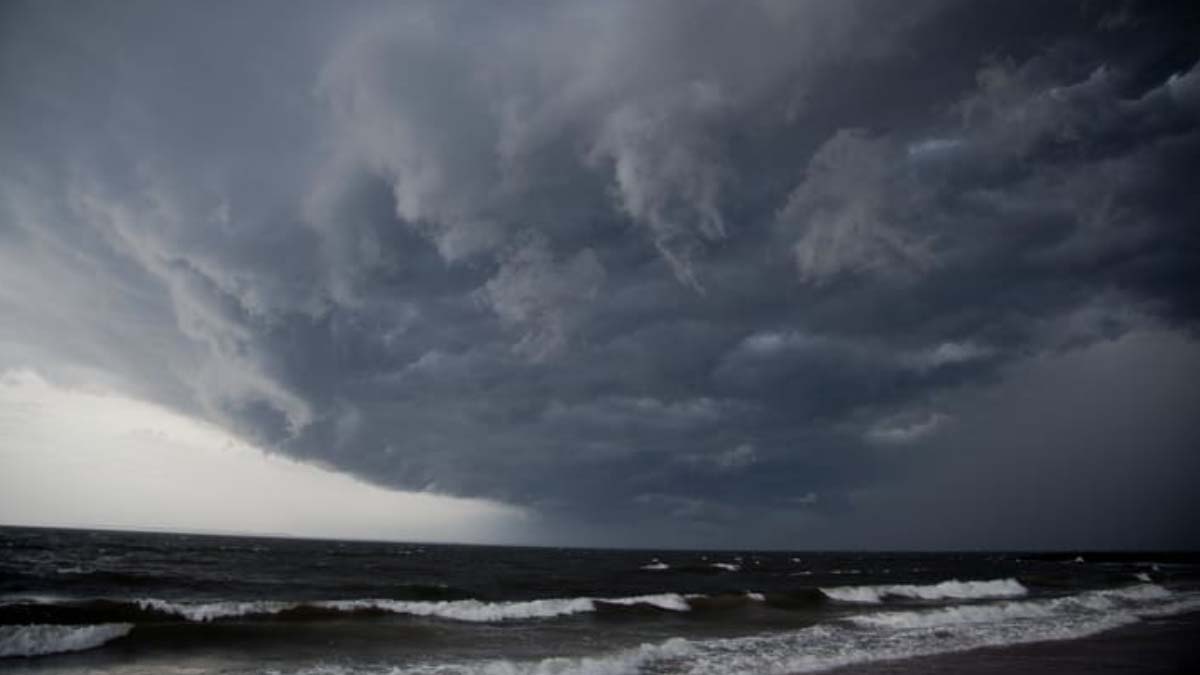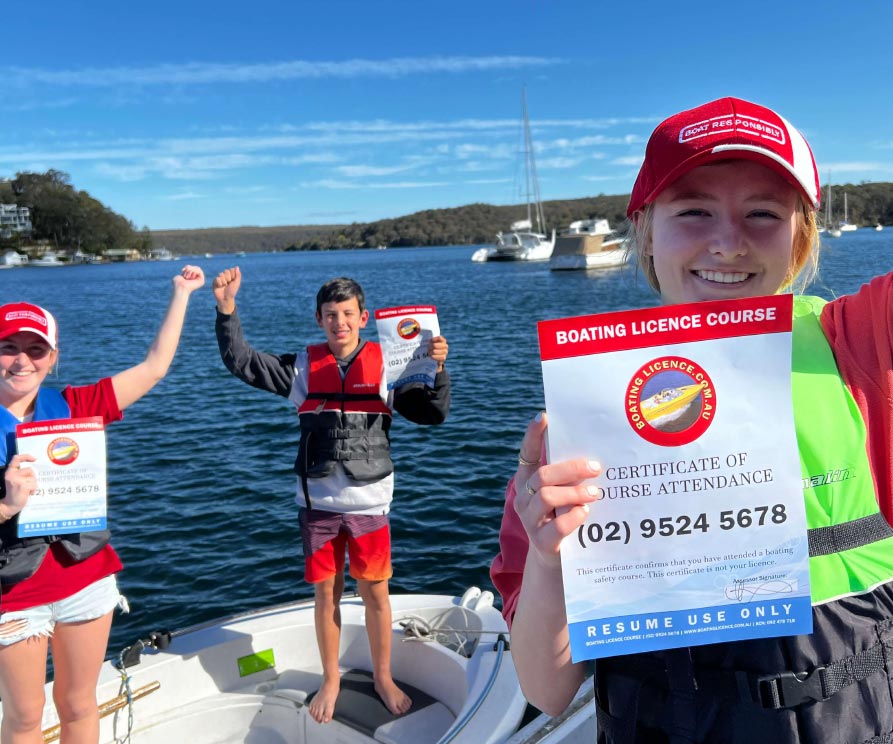How to Best Navigate Stormy Seas

Embarking on a boating adventure can be exhilarating, but it’s essential to be prepared for unexpected challenges, especially when it comes to weather-related emergencies. Storms at sea can be both frightening and dangerous, but with the right knowledge and preparation, you can navigate back to safe harbour safely. In this guide, we’ll explore crucial steps to take in the event of a storm while boating, ensuring the well-being of you, your passengers, and your vessel.
1. Stay Informed
One of the first things to do when you notice signs of an approaching storm is to stay informed about the weather conditions. Modern technology provides access to real-time weather updates through smartphones, marine radios, and weather apps. Pay close attention to weather alerts, including storm warnings, and stay tuned to the latest forecasts. The single best resource to do this with the Bureau of Meteorology’s (BOM) website or smartphone app. Understanding the storm’s intensity, direction, and estimated time of arrival can help you make informed decisions.
2. Head for Safe Harbor
If you’re out at sea and a storm is on the horizon, the best course of action is to head for the nearest safe harbor. Plan your route in advance and be aware of the locations of nearby marinas, docks, or sheltered coves where you can seek refuge. It’s essential to reach a secure location before the storm hits to avoid rough seas, strong winds, and dangerous waves.
3. Secure Loose Items
Before the storm arrives, secure all loose items on your boat. Items like fishing gear, chairs, coolers, and any other loose equipment can become dangerous projectiles in high winds. Stow them away in storage compartments or below deck to prevent them from causing damage or injury during the storm.
4. Wear Lifejackets
Ensure that everyone on board is wearing a lifejacket. In the event of an emergency, lifejackets can save lives, providing buoyancy and increasing the chances of survival if someone falls overboard or if the boat capsizes. Make sure life jackets are properly fitted and securely fastened. Remember that in open waters a level 100 or greater lifejacket will be required – the higher the level (number), the better the protection.
5. Reduce Speed and Be Cautious
If you are unable to reach a safe harbor and find yourself caught in a storm, reduce your speed and navigate with extreme caution. Slow down to minimize the impact of waves and wind on your boat. Keep a steady course and avoid abrupt turns or maneuvers, which can destabilize the vessel.
6. Communicate Your Situation
If you have access to a marine radio, listen for weather updates. These will be broadcast from shore stations and other vessels and are preceded with the phrase “Securite, Securite, Securite”. These alerts will provide an update on the weather conditions that are relevant to your area of operation. Communication is vital during emergencies and can expedite the response from emergency services, SA water police and others if needed.
7. Stay Calm and Be Prepared
In the midst of a storm, it’s natural to feel anxious. However, it’s crucial to remain calm and composed. Reassure your passengers, especially if they are inexperienced or feeling distressed. Be prepared for sudden changes in weather conditions and be ready to adjust your actions accordingly.
8. Wait for the Storm to Pass
During the storm, focus on maintaining your position and stability. Keep a lookout for potential hazards, such as other boats, debris, or changes in water depth. Once the storm begins to subside, assess your surroundings, check for any damages to your vessel, and proceed to a safe location if necessary.
Conclusion
A responsible skipper knows a storm is approaching, and won’t go boating during this time. However some storms give little to no notice, and if you find yourself at the mercy of one, it’s important to follow the above steps. Storms at sea can be challenging, but with preparation, vigilance, and a calm approach, you can navigate through them safely if required. Always prioritize the safety of yourself and your passengers, and remember that being well-informed and proactive is key to handling stormy situations while boating. By following these guidelines, you can enhance your ability to respond effectively and ensure a safer boating experience, even in the face of adverse weather conditions. Stay safe and enjoy your boating adventures responsibly!

Bonus step: get your licence
Being a responsible skipper not only means not only maintaining your boat, but being licensed to operate it as well.
Our NSW boat and PWC licence courses are delivered by experienced and accredited trainers who provide in-depth education to not only pass the licence exam, but to also stay safe on the water.
To get your licence, you can book online or reach out to our friendly office team on (02) 9524 5678.